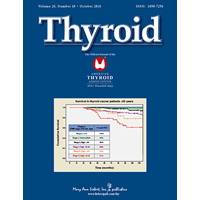Abstract
Background
Hidradenitis suppurativa (HS) is associated with pain, disfigurement, psychosocial distress and poor quality of life, all of which may lead to higher likelihood of mental health (MH) disorders. However, little is known about the MH comorbidities of HS.
Objectives
to determine the MH disorders and cost‐burden associated with HS.
Methods
Data were examined from the 2002‐2012 National Inpatient Sample, comprising a ~20% sample of all US pediatric and adult hospitalizations (n=87,053,155 admissions).
Results
MH disorders were much more common in inpatients with vs. without HS (34·27% vs. 20·05%). In multivariable logistic regression models controlling for gender, age, race/ethnicity, and insurance status, HS was associated with significantly higher odds of a MH disorder (adjusted odds ratio [95% confidence interval]: 2·53 [2·42‐2·63]), including 10 of 15 MH disorders examined. In contrast, HS was not associated with primary hospitalization for a MH disorder overall (0·95 [0·84‐1·07]), but was associated with primary hospitalization for 8 of 15 MH disorders examined. Among inpatients with HS, primary admission for a MH disorder was associated with female sex, public or no insurance, more chronic diseases, but inversely associated with older age, female sex, and non‐white race/ethnicity. HS was associated with >$38 million of excess mean annual costs of hospitalization for MH disorders.
Conclusions
Inpatients with HS had increased odds of comorbid mental health disorders, overall, and multiple primary mental health admissions, in particular, which were associated with considerable excess costs.
This article is protected by copyright. All rights reserved.
https://ift.tt/2RTKHs5



